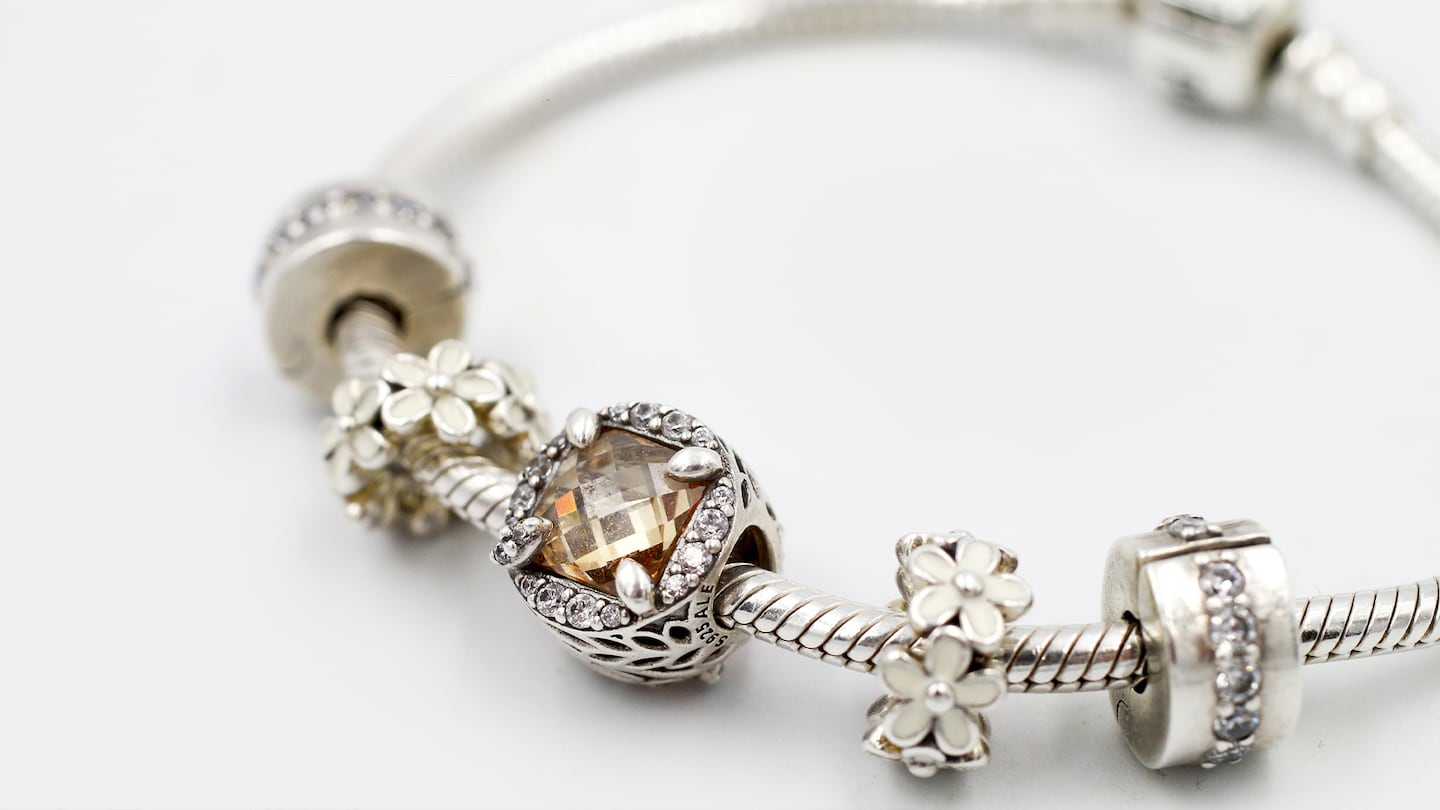
The Business of Fashion
Agenda-setting intelligence, analysis and advice for the global fashion community.

Agenda-setting intelligence, analysis and advice for the global fashion community.

Full-year sales should increase as much as 5 percent, the company said Tuesday, reporting second-quarter earnings that beat analysts’ estimates. The stock rose as much as 3.7 percent.
Pandora will start selling synthetic diamonds in Mexico, Brazil and Australia later this year, the company said. Pandora already sells them in the US, the UK and Canada, with price tags going as high as $4,450 for a 2-carat synthetic diamond ring.
The jeweller dropped natural diamonds in 2021 after reports of human rights abuses at mines and factories and due to their high carbon footprint. With a starting price of $290, the lab-made stones are significantly cheaper, matching the company’s focus on affordable jewellery.
Growth prospects are also better. The $6.6 billion global market for lab-made diamond jewellery is set to grow 8.4 percent a year, faster than the 5.6 percent annual growth in the mined-diamond market, according to a 2021 report by Stats & Research. Still, the size of the synthetic diamond market is only a fraction as big.
ADVERTISEMENT
Demand for synthetic diamond jewellery has been high, according to Pandora, which sells more pieces of jewellery than any other company in the world. While lab-made stones accounted for less than 1 percent of revenue in the first half, it was Pandora’s fastest-growing segment, despite their limited distribution.
The current collection can only be bought in the UK, US and Canada. First-half sales of the products reached 66 million kroner ($10 million).
Pandora uses renewable energy to produce the synthetic diamonds, resulting in a carbon footprint about one-twentieth of a similar-size mined gem. Pandora is setting the lab-grown stones in pieces using recycled silver and gold.
The new collections will be available in 700 stores at the end of the month, in markets including Australia. Pandora will start selling some collections in Mexico and Brazil in October, with a full rollout in those markets at the start of next year.
“We have big ambitions for this category,” Chief Executive Officer Alexander Lacik said in a statement.
Real diamonds were never a big part of Pandora’s business. Before it banned mined stones, it sold about 50,000 pieces of diamond jewelry a year, compared with its annual total of some 100 million pieces.
By Christian Wienberg
The online fashion retailer plans to update China’s securities regulator on the change of the initial public offering venue and file with the London Stock Exchange as soon as this month, a person with knowledge of the matter said.
The company, under siege from Arkhouse Management Co. and Brigade Capital Management, doesn’t need the activists when it can be its own, writes Andrea Felsted.
As the German sportswear giant taps surging demand for its Samba and Gazelle sneakers, it’s also taking steps to spread its bets ahead of peak interest.
A profitable, multi-trillion dollar fashion industry populated with brands that generate minimal economic and environmental waste is within our reach, argues Lawrence Lenihan.